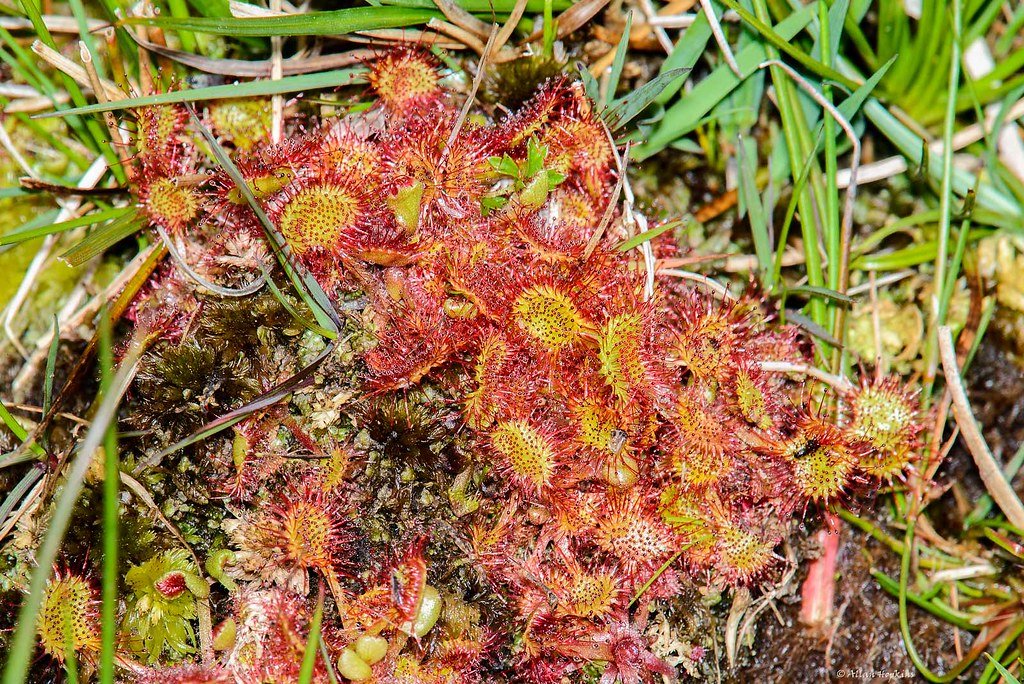Imagine a world where a river has rights, where a forest can “speak” in court, or a mountain stands legally protected as more than just a piece of land. This isn’t science fiction—it’s a growing global movement that is shaking up our relationship with nature. Countries from India to New Zealand are making bold, even radical, decisions to give legal personhood to natural wonders. Why? Because the old ways of protecting nature often fell short, and something extraordinary was needed to turn the tide. The idea is simple, yet revolutionary: what if our most precious landscapes could defend themselves in the eyes of the law? The implications are profound, emotional, and at times, breathtaking.
Understanding Legal Personhood: More Than Just a Name
Legal personhood is an ancient concept, but giving it to nature is stunningly new. Traditionally, only humans and corporations could be “legal persons”—meaning, they have rights and responsibilities. When a river or forest is declared a legal person, it means that it can own property, sue, and be sued. This is not about saying trees or rivers are people, but about granting them a status that lets them be protected in court. It’s a legal tool that transforms how we value and safeguard the natural world. The shift challenges us to see nature not as property, but as a partner with its own rights and dignity.
The Spark That Ignited the Movement
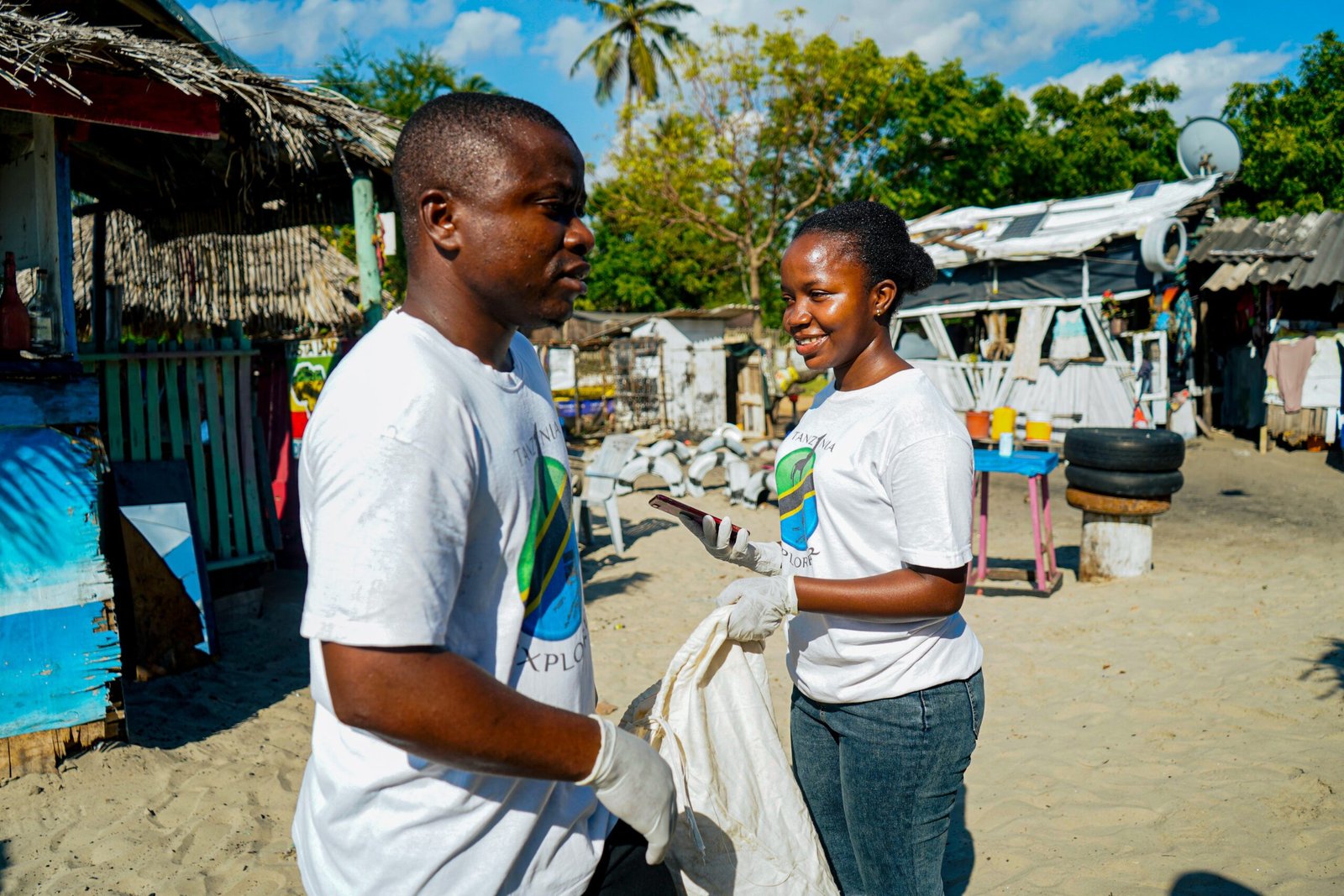
The movement to give nature legal personhood didn’t happen overnight. Its roots stretch back to indigenous philosophies, where rivers and mountains were always seen as living entities. But recent environmental crises—raging wildfires, poisoned rivers, disappearing species—have made it clear that traditional laws aren’t enough. In the face of these growing disasters, lawyers, activists, and communities started asking: What if nature could fight back in court? The answer has inspired a wave of new laws across continents, each one a bold experiment in protecting the planet.
New Zealand’s Whanganui River: A Groundbreaking Case
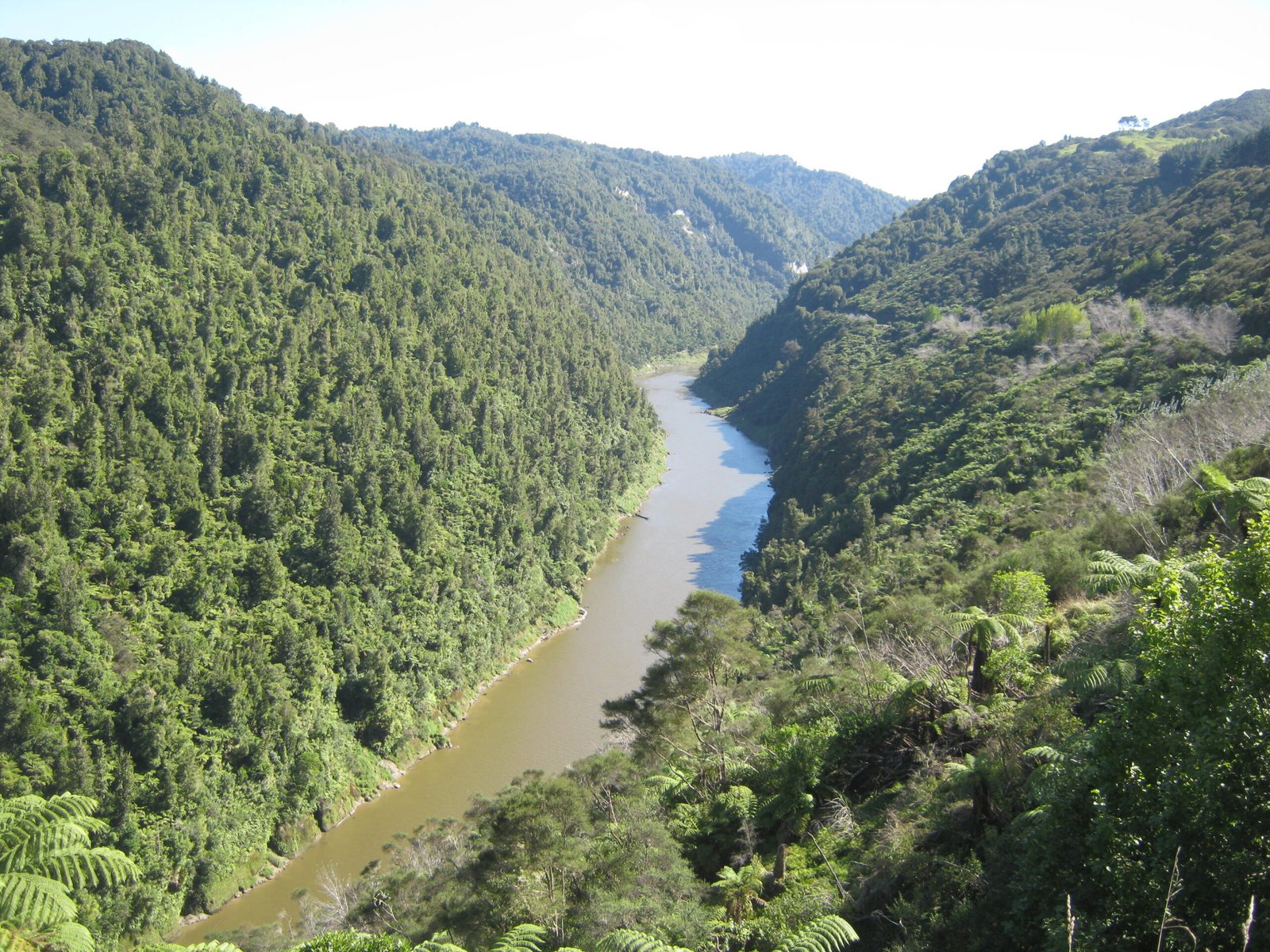
One of the most famous examples comes from New Zealand, where the Whanganui River was granted legal personhood in 2017. For the Māori people, the river is an ancestor—a living being integral to their spiritual and cultural identity. After decades of struggle, the government finally recognized the river’s rights, appointing guardians to represent its interests. This landmark decision set a global precedent, showing that legal personhood could bridge ancient wisdom and modern law. The Whanganui River is now protected not just as a resource, but as a relative deserving care and respect.
India’s Sacred Rivers: Legal Status Amid Crisis
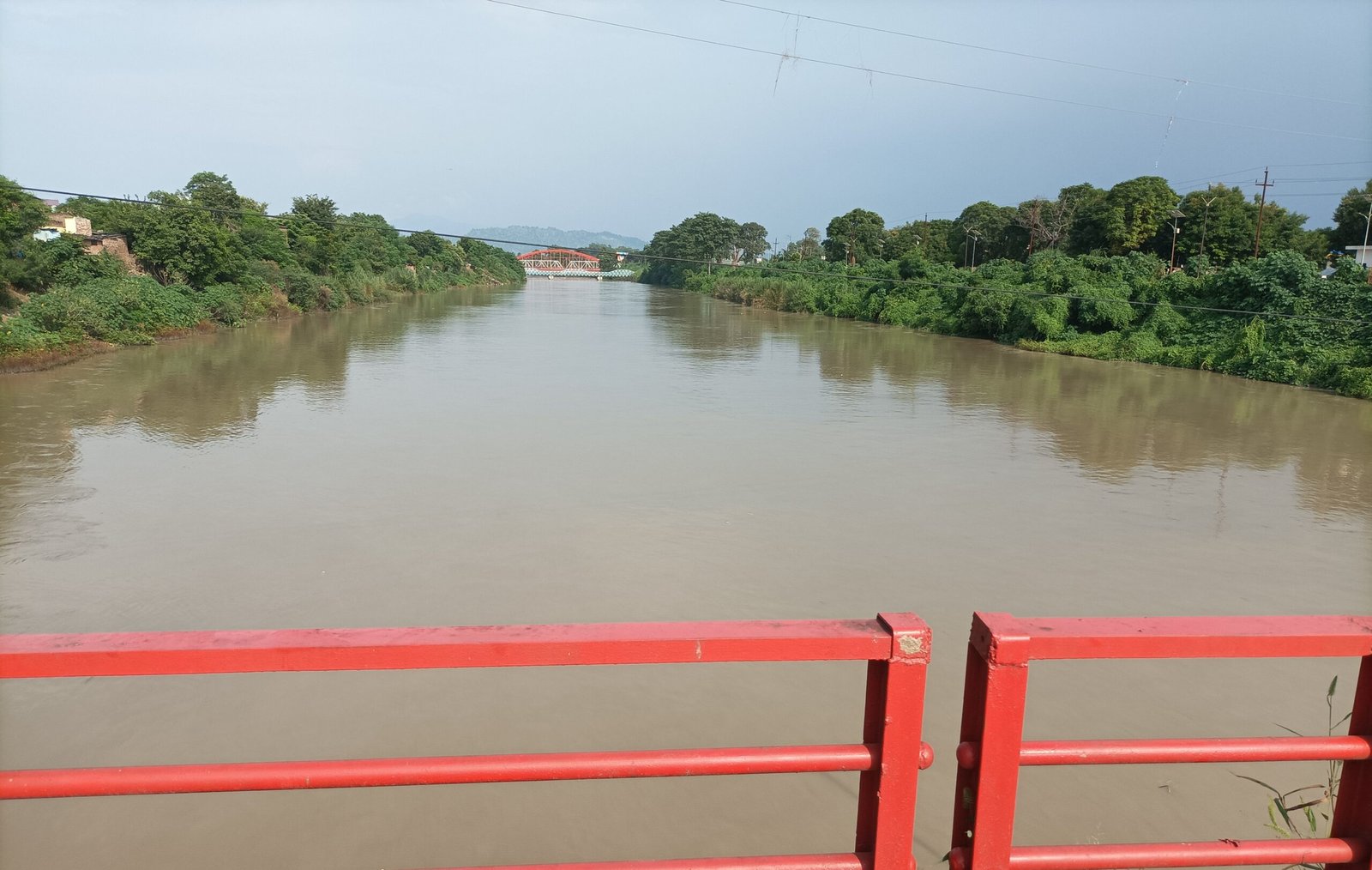
India, home to some of the world’s most sacred and polluted rivers, took a dramatic step in 2017. Courts declared the Ganges and Yamuna rivers as legal persons, acknowledging their immense religious and ecological significance. The move was emotional and controversial, as it came after years of pollution and neglect. By giving these rivers legal rights, courts hoped to force accountability and action from industries and government alike. The decision raised tough questions about enforcement and cultural change, but also sparked hope for a cleaner, healthier future.
Colombia’s Amazon: Protecting a Lungs of the Earth

Colombia stunned the world in 2018 when its highest court ruled that the Amazon rainforest is a legal entity with its own rights. The decision was driven by fears over deforestation and climate change. By granting legal personhood, the court demanded urgent action to stop the destruction and protect indigenous lands. This innovative approach gave a voice to one of the planet’s most vital ecosystems, recognizing that its health is essential for everyone. The ruling is a powerful reminder that the Amazon is more than a resource—it’s a living system that sustains life on Earth.
Beyond Borders: Rivers and Forests Gaining Rights Worldwide
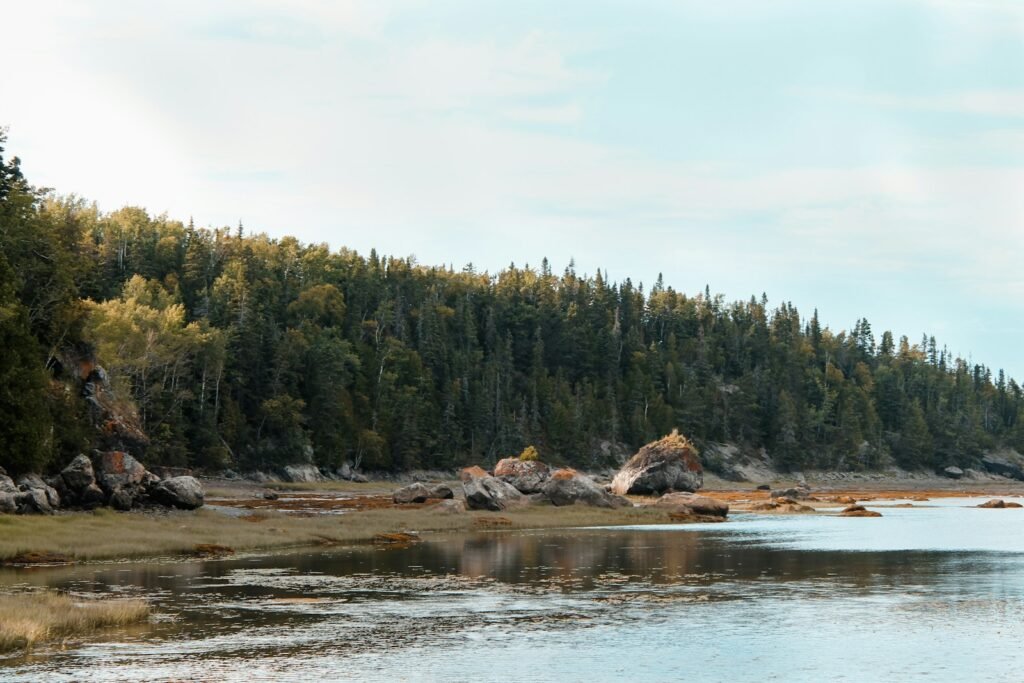
The idea of nature as a legal person is spreading fast. In Ecuador, the constitution recognizes the rights of nature, making it possible to sue on behalf of rivers and forests. Bolivia, too, has passed laws declaring that Mother Earth has rights to life, diversity, and restoration. In the United States, several towns have tried to pass local laws giving rights to lakes and streams. While not every effort has succeeded, the movement is growing louder, challenging deeply held beliefs about ownership and stewardship. Each new case adds momentum, driving a global conversation about justice for nature.
The Science Behind the Shift: Ecosystem Services and Rights
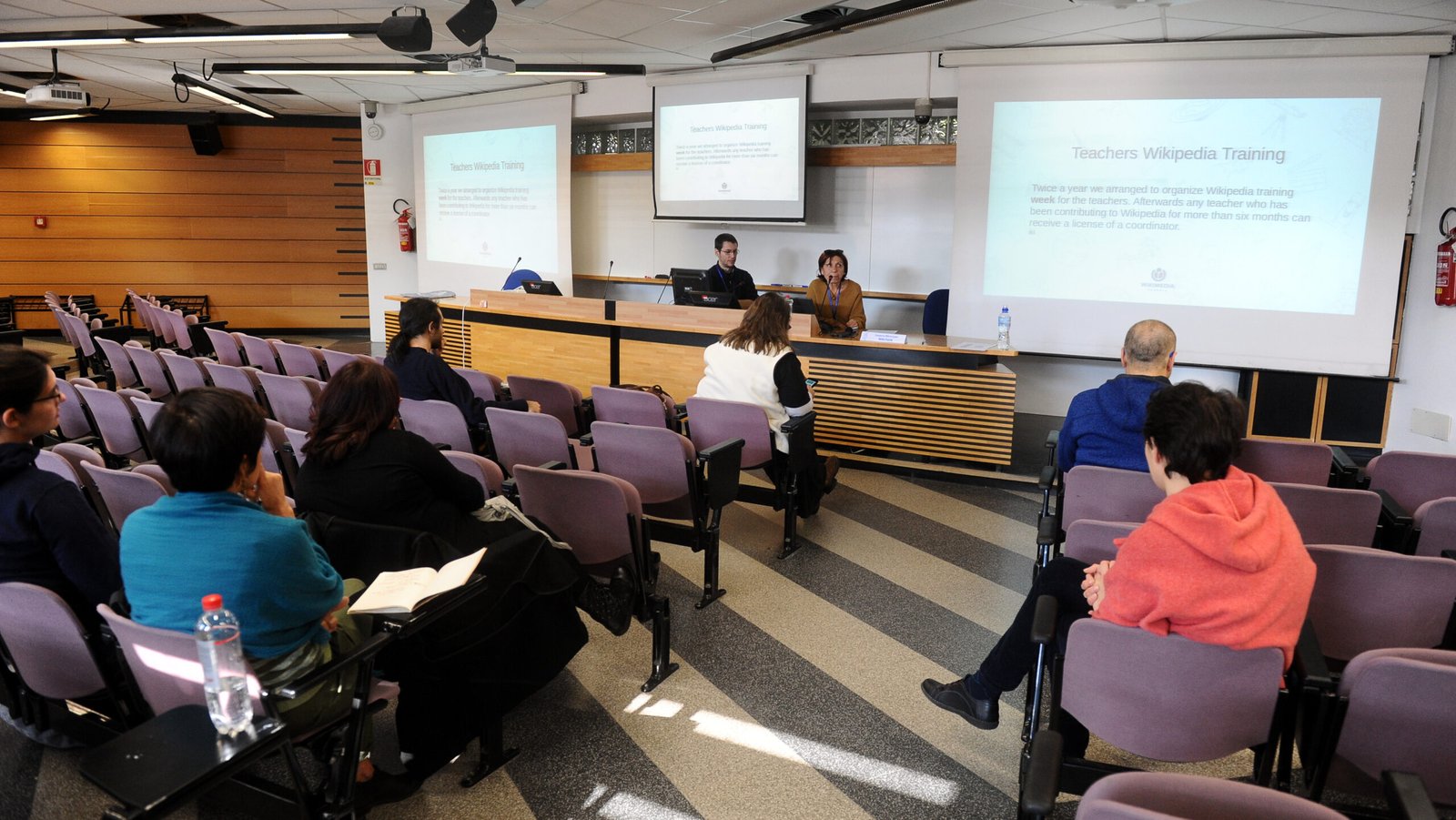
Scientists have long argued that healthy ecosystems provide “services” essential to human survival: clean air, fresh water, fertile soil, and climate regulation. Yet these services are often invisible in legal systems that treat nature as property. By granting legal personhood, countries hope to align the law with ecological reality. This approach recognizes that rivers and forests are not just objects, but living networks that sustain all life, including our own. Legal rights can help ensure that these systems are protected for future generations, not just exploited for short-term gain.
Indigenous Wisdom Meets Modern Law
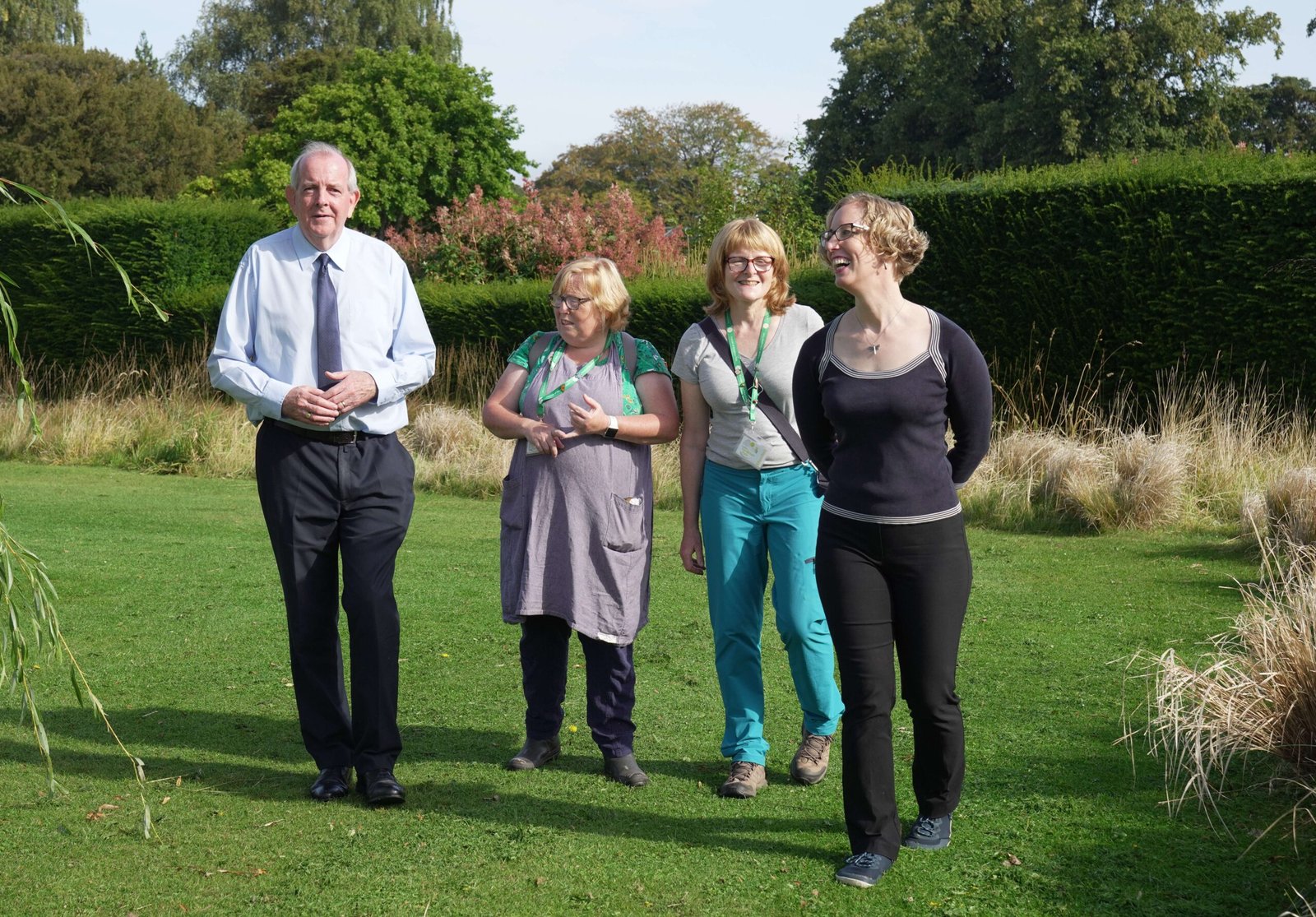
For many indigenous cultures, rivers, mountains, and forests have always been alive—relatives to be honored, not resources to be used. The legal personhood movement draws deeply from this wisdom, blending it with modern legal frameworks. In New Zealand and Colombia, indigenous leaders helped shape the laws that now protect their ancestral lands. Their voices bring vital perspective, reminding us that true stewardship means listening to both science and tradition. By honoring indigenous knowledge, the movement is creating richer, more resilient forms of environmental protection.
Challenges and Controversies: Can Nature Really Have Rights?
Not everyone agrees that nature should have legal rights. Critics argue that the idea is symbolic, or even confusing—how can a river hire a lawyer or make decisions? Others worry about enforcement: if a mountain is harmed, who pays the penalty? The answers are still evolving, with each country experimenting in its own way. Some appoint human guardians to act on behalf of rivers or forests. Others use the new laws to demand stricter pollution controls. The debates are fierce, but they are pushing us to rethink what it means to live in balance with the natural world.
The Emotional Impact: A New Story for Humanity
Giving legal personhood to nature is about more than just laws—it’s about changing hearts and minds. The idea can be deeply moving, inspiring people to see themselves as part of a larger, living planet. When a river wins the right to exist, or a forest gains a legal voice, it sparks hope and imagination. These stories challenge us to think differently, to imagine a future where humans and nature thrive together. The movement is inspiring a new generation of activists, scientists, and dreamers who believe in a world where every part of nature matters.
What the Future Holds: Toward a More Inclusive Earth
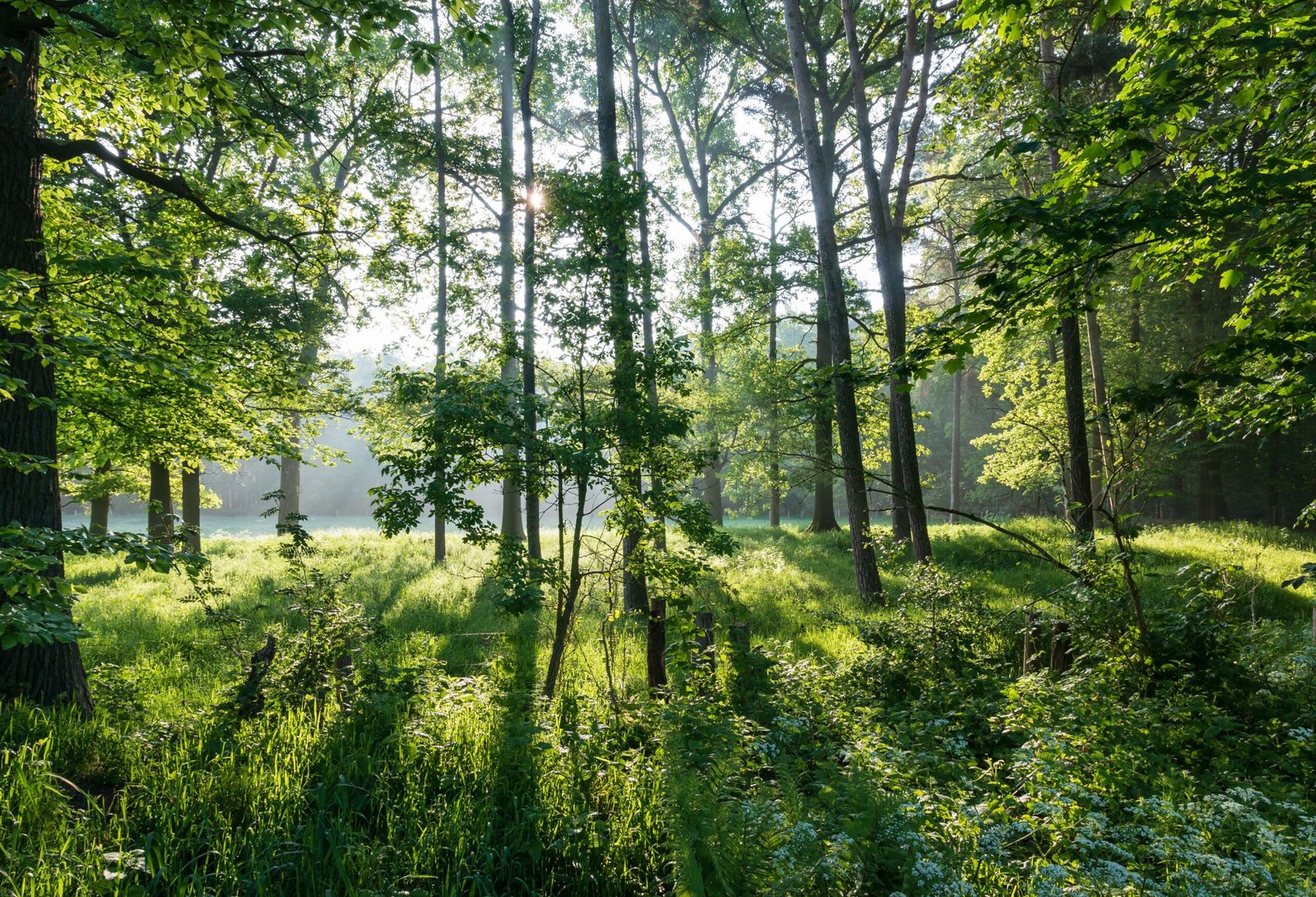
The movement to give legal rights to rivers, forests, and mountains is still young, but it’s gaining strength. As more countries experiment with these bold new laws, the world is watching closely. Successes and failures alike will shape the next chapter in environmental protection. The ultimate goal is simple, yet profound: to build a future where every living thing—human and non-human alike—has a place, a voice, and a chance to flourish. The story is still unfolding, and its ending depends on all of us.



